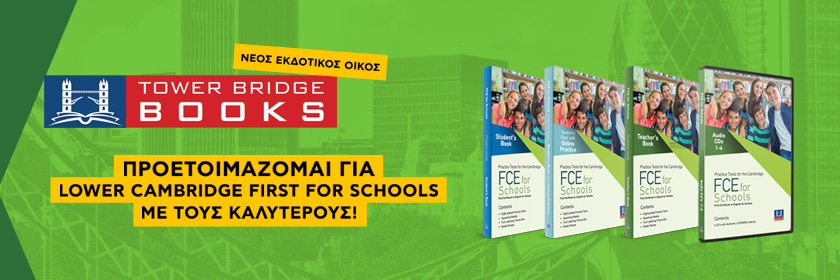In my teaching experience, winter break arrives at the moment when both the students and I need it most. As we are nearing winter break, I look forward to some time to relax and renew my energy before school resumes in January. Some years I realized a day or two before the end of my time off that I wasn’t any more rested than I had been in the days leading up to break. Over the years there are some things that I have found to help me have a truly revitalizing winter break.
PLAN AHEAD
Before the break, I designate days on my calendar when I won’t check email or do anything work-related. Allocating days when I won’t engage in work helps me to be intentional about spending time with family as well as spending mindful time alone. Around a week before winter break, write down all work-related to-do items. Check off as many as possible before the break. Listing what needs to get accomplished helps me stay organized. Even better, if I succeed in checking off all of the items, I return from the break with a clean slate.
A few days before break, plan a lesson for the first day back. Write out all the ideas in detail and gather any materials needed to implement the lesson. Having a day planned for my return allows me to enjoy the break without worrying about the first day back.
The winter break can be a busy time filled with shopping, cooking, and chores, which means running the risk of arriving at the last day of break and realizing that I haven’t taken any time for myself. To make sure the break isn’t only full of responsibilities, I make a list of fun things I hope to do over break and then schedule them on a calendar. I include items such as outdoor activities, leisurely walking around a bookstore, taking exercise classes, baking, travelling, or watching a movie. Designating time for these activities means they are more likely to happen.
NURTURE RELATIONSHIPS
Over the years, some of my best friends have started out as colleagues. I have found that having those supportive relationships at work helps reduce stress throughout the year. Over long breaks, I like to make plans with a colleague or group of colleagues to hang out and enjoy each other’s company. We commit to not talking about work during that time together. Building relationships with colleagues outside of the work environment can reveal what is important to them other than their work.
During the school year, my schedule is often very busy, and I don’t have a lot of time to connect with friends and extended family. The winter break is an opportunity to visit friends and family outside of school.
PICK A BOOK
I read throughout the year, but it is typically work-related. During the break, I forgo reading young adult literature or nonfiction and instead find a relaxing book purely for pleasure. Over winter break, choose one “beach read” and take some time to read for fun. I also spend some time casually reading online for inspiration. I scroll Twitter and Instagram and read some of my favourite education bloggers for inspiration. This allows me to gather some new ideas for the second half of the year but doesn’t feel like work.
REFLECT AND SET A GOAL
I have never been much for New Year’s resolutions, but I find that making one professional goal for the second half of the school year is inspiring without being stressful. When making a goal, I often begin by reviewing student feedback from first-semester student surveys. From these surveys, I may learn that students feel we need to spend more time on a certain aspect of the curriculum, students enjoy being read aloud to, or certain students feel distracted by the organization of the desk. I combine feedback with ideas from social media.
Possible goals include:
- Try at least one new technology tool with students before the end of the year.
- Ask students to name some of their favourite books they have read this year, and choose a few to read me.
- Send at least one positive note home to each child’s parent before the end of the school year.
- Collaborate with colleagues in another subject to add interdisciplinary elements to a current assignment.
- Incorporate new texts based on student interest and needs.
- Find opportunities to make changes to assignments in order to provide more student choice.
- Attend more events with students outside of school, such as sports, concerts, or plays.
By Kasey Short








